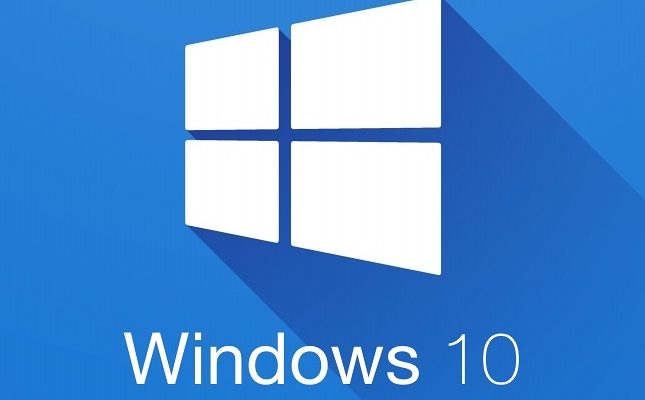Is Your Windows File Explorer Not Responding? Try These Fixes

As a Windows user, the File Explorer is one of the most frequently used tools for browsing, managing, and accessing files and folders on your computer. However, there are times when you may encounter an issue with the File Explorer not responding or freezing. This can be a frustrating experience, but there are several fixes you can try to resolve this issue.
- Restart Your Computer
The first and simplest fix for File Explorer issues is to restart your computer. This may sound too basic, but it can sometimes solve the problem without any further action. Restarting your system can clear out any minor glitches and bugs that might be affecting your File Explorer, and it’s always a good idea to restart your computer periodically to keep it running smoothly.
- End the Explorer Process
If a simple reboot doesn’t work, you can try ending the explorer process and restarting it. Here’s how to do it:
– Press Ctrl+Shift+Esc on your keyboard to open the Task Manager.
– Locate the Windows Explorer process in the list of running processes.
– Right-click on it and select “End task” from the context menu.
– After a few seconds, the Windows Explorer process will restart automatically.
This should fix any issues with your File Explorer not responding and it’s a simple and effective solution.
- Update Your Windows and Drivers
Updating your Windows and drivers can also help to fix issues with the File Explorer not responding. Here’s how to do it:
– Open the Start menu and type “Check for updates” in the search box.
– Click on the “Check for updates” option and wait for the process to complete.
– If there are any updates available, click on “Install updates” to download and install the latest version of Windows.
– Similarly, go to your device manufacturer’s website and check for driver updates for your system.
Updating your drivers and Windows regularly can also improve your system’s performance and fix any other issues that might be affecting your computer.
- Run System File Checker
Windows has a built-in tool called System File Checker that helps to scan and repair missing or corrupted system files. Here’s how to run System File Checker:
– Open the Start menu and type “cmd” in the search box.
– Right-click on “Command Prompt” and click on “Run as administrator.”
– Type in “sfc /scannow” and then press Enter.
– Wait for the process to complete and then restart your system.
This should fix any corrupted system files that might be causing issues with your File Explorer.
- Disable Third-Party Shell Extensions
Sometimes, third-party shell extensions or software can conflict with the File Explorer and cause it to freeze or stop responding. You can check if this is the case by disabling all third-party shell extensions using these steps:
– Press Windows key + R to open the Run dialog box.
– Type in “shell:extensions” and click OK.
– Disable all third-party shell extensions by clicking on the toggle switch next to them.
– Restart your system and check if your File Explorer is working properly.
If your File Explorer starts working after disabling the shell extensions, you can enable them one by one to identify the problematic extension.






